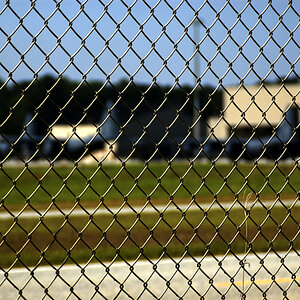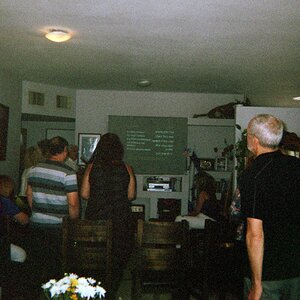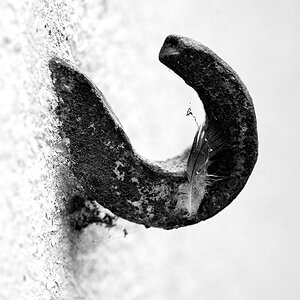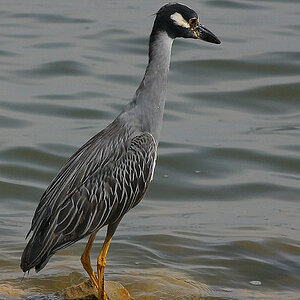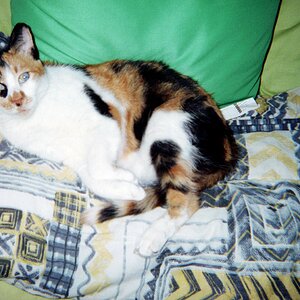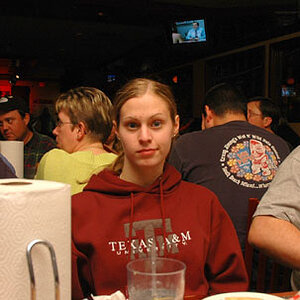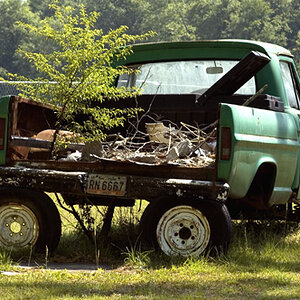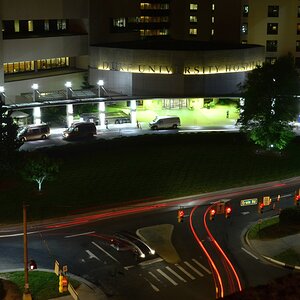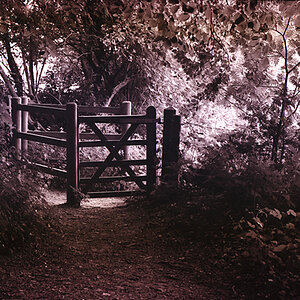shrekfx
TPF Noob!
- Joined
- Aug 20, 2012
- Messages
- 3
- Reaction score
- 0
- Location
- Sioux Falls
- Can others edit my Photos
- Photos OK to edit
Hey guys, new to the site and been looking all over for a place that might be great to ask questions and seems to be a lot of knowledgeable people here. I have been messing with photos for a few years now, but my wife is the main person and does photography part time and loves it. I'm more her tech support you can say when it comes to issues with her camera and research on new gear. I think she is very good, but she has issues with photos being blurry. She shoots in manual mode and shoots in RAW. Out of her pictures, most will come out great, but the ones that she gets excited about and really wants to use ends up being blurry for some reason.
She has been using a Nikon D90 to start with but recently switched to a Nikon D7000. For the most part, she uses the Tamron 17-50mm f/2.8 Lens. Here are some pictures of what we are seeing. Sorry about the large pictures.. But you will notice there is a blurriness on some of these pictures. I'll see if I can find more, or if she knows of some, but there will be some where one eye will be in focus, and the other eye isn't. Im guessing that has something to do with the depth of field.. But any help is greatly appreciated.
Shot with Tamron 17-50 at 24mm, f2.8, 1/2000, iso800
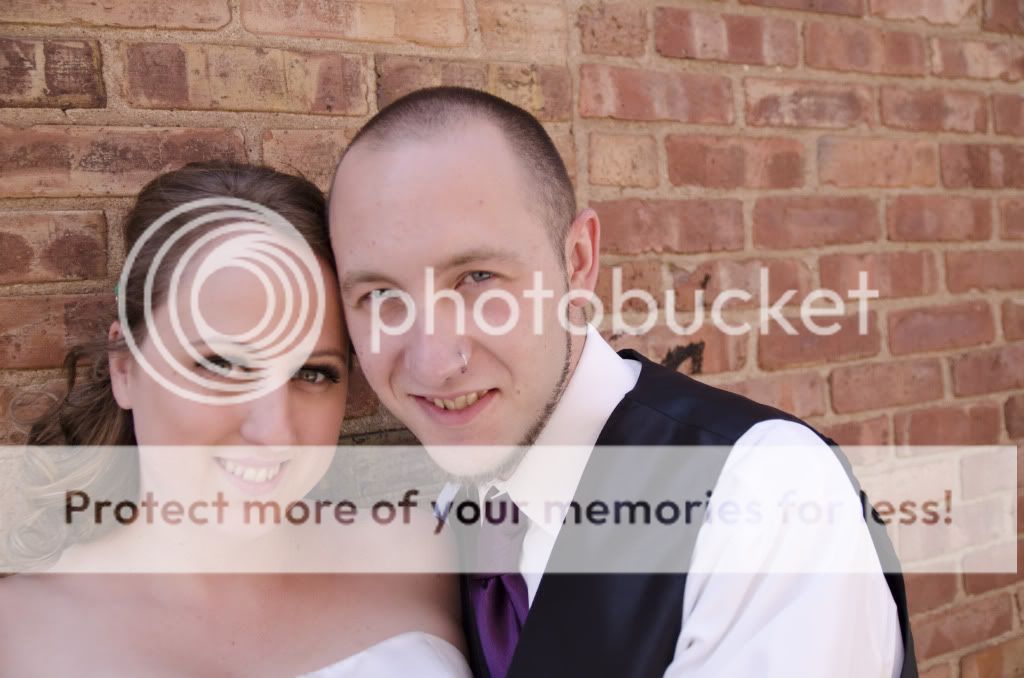
Tamron 17-50 at 35mm, f2.8, iso 400, 1/125
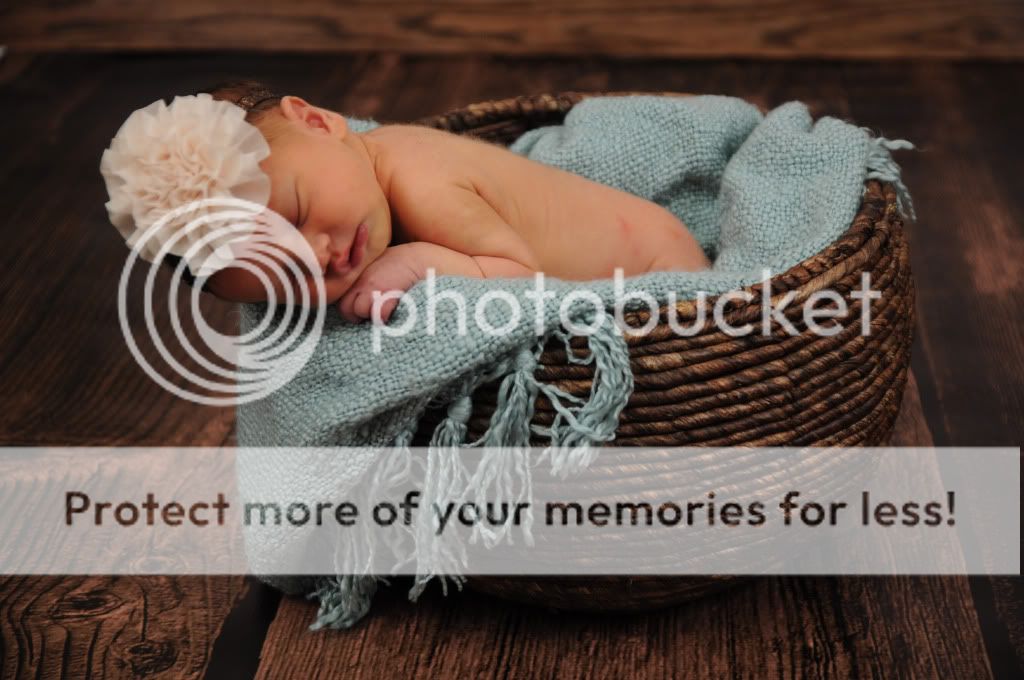
Tamron 17-50 at 17mm, f2.8, iso 400, 1/160

She has been using a Nikon D90 to start with but recently switched to a Nikon D7000. For the most part, she uses the Tamron 17-50mm f/2.8 Lens. Here are some pictures of what we are seeing. Sorry about the large pictures.. But you will notice there is a blurriness on some of these pictures. I'll see if I can find more, or if she knows of some, but there will be some where one eye will be in focus, and the other eye isn't. Im guessing that has something to do with the depth of field.. But any help is greatly appreciated.
Shot with Tamron 17-50 at 24mm, f2.8, 1/2000, iso800

Tamron 17-50 at 35mm, f2.8, iso 400, 1/125

Tamron 17-50 at 17mm, f2.8, iso 400, 1/160




